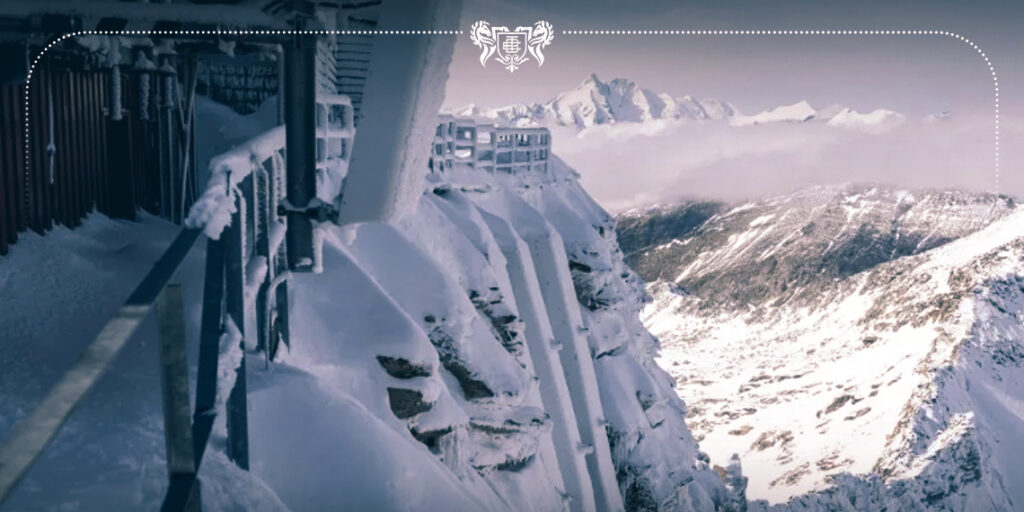The iconic Zittel huts, perched atop the snow-covered Sonnblick mountain in the Austrian Alps, has withstood the elements for over a century.
However, the intensifying impacts of climate change are now threatening its survival.
Georg Unterberger, who oversees mountain refuges and trails for the Austrian Alpine Club, highlighted the urgency: “When your hand fits into a crack in the foundation, there is need for action.”
The 3,106-metre (10,190-foot) peak, along with its surrounding trails, is feeling the pressure as rising temperatures fuel glacier melt and thaw permafrost — the crucial year-round ice that holds the mountain together.
This thawing has led to more frequent rockfalls and landslides, endangering paths and stressing the region’s historic huts. Unterberger noted that the costs of trail maintenance have surged, doubling in the last five years.
Austria, heavily reliant on Alpine tourism, faces mounting challenges as up to four mountain huts close each year due to safety concerns or maintenance costs.
The Austrian Alpine Club, the nation’s largest, operates over 200 huts that welcome approximately one million visitors annually. However, the route to the Zittel hut in the Salzburg region, already classified as a challenging “black” trail, has become even more perilous.
The retreating glacier has exposed sharp rock faces and scree, making climbing equipment a necessity for hikers.
Unterberger recalled seeing hikers struggling on all fours to reach the hut, underscoring the increased workload for trail maintenance teams, who now install ropes and steel rungs to ensure safety. The Zittel hut’s foundations and weather-beaten wooden shingles urgently need renovation and insulation.
Years ago, the observatory next to the hut — one of the oldest high-altitude weather stations globally — faced the risk of collapse due to thawing permafrost. Workers had to drive steel anchors 20 metres into the summit and reinforce it with concrete to stabilise the peak. While these measures have worked for now, future interventions may be necessary.
The situation reflects a broader crisis across the Austrian Alps, where 272 out of 429 mountain refuges and 50,000 kilometres (31,000 miles) of trails require significant repair.
Alpine clubs, strapped for cash, appealed earlier this year for an emergency fund of €95 million (£82 million). Yet, so far, the government has only pledged €3 million (£2.6 million).
Unlike Switzerland, where local governments are responsible for trail maintenance, Austria’s Alpine clubs depend heavily on volunteers.
“Many of our 25,000 volunteers are over 65, and attracting young volunteers has been challenging,” said Unterberger, noting a rise in “micro-volunteering,” where people contribute only a few hours at a time.
The Zittel hut shares its summit with the Sonnblick observatory, which has recorded climate data since 1886 — the longest continuous high-altitude dataset in the world.
This invaluable data aids scientists in refining climate models and provides a stark forecast for the future.
Elke Ludewig, head of the observatory, explained that high mountain regions worldwide — from the Alps and Rockies to the Andes and Himalayas — have experienced annual temperature increases of over two degrees Celsius since the 1950s, double the global average.
“As beautiful as it is to still see snow and glaciers, we are in a critical situation regarding the rate at which temperatures are rising,” Ludewig remarked.


